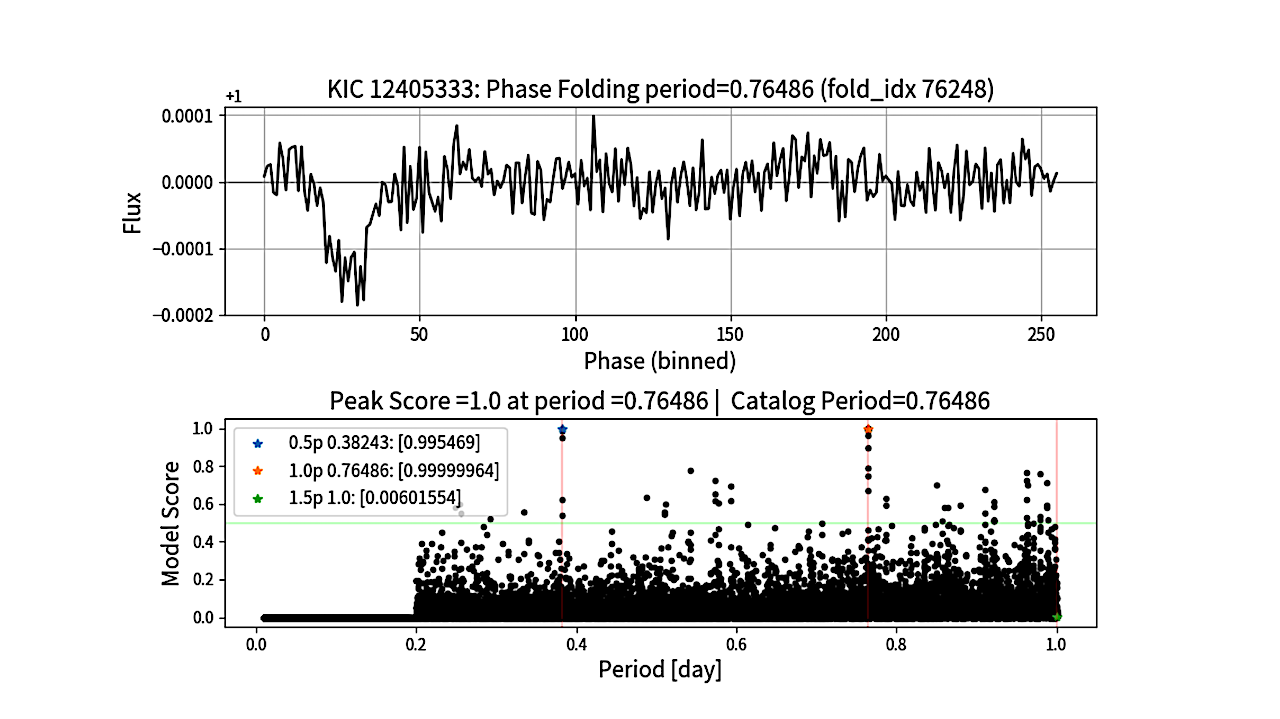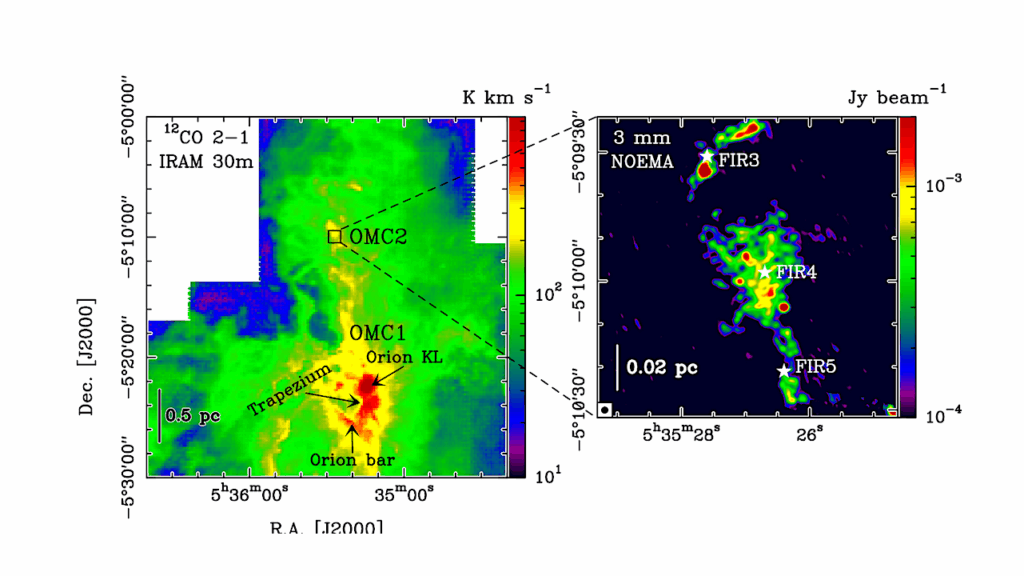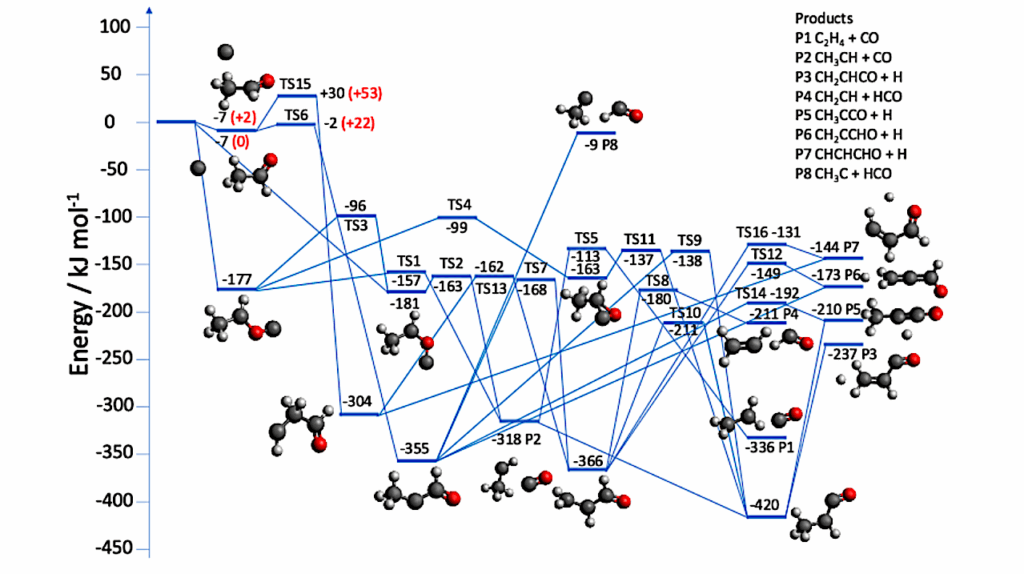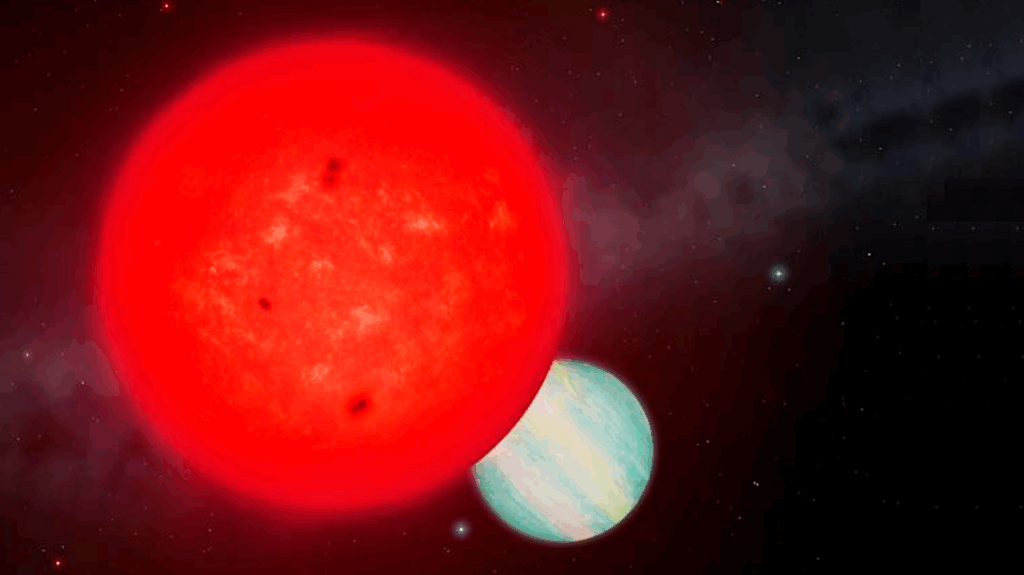Discovery of Small Ultra-short-period Planets Orbiting KG Dwarfs in Kepler Survey Using GPU Phase Folding and Deep Learning Detection System

Since the discovery of the first hot Jupiter orbiting a solar-type star, 51 Peg, in 1995, more than 4000 exoplanets have been identified using various observational techniques.
The formation process of these sub-Earths remains elusive, and acquiring additional samples is essential for investigating this unique population. In our study, we employ a novel GPU Phase Folding algorithm combined with a Convolutional Neural Network, termed the GPFC method, on Kepler photometry data. This method enhances the transit search speed significantly over the traditional Box-fitting Least Squares method, allowing a complete search of the known KOI photometry data within hours using a commercial GPU card.
To date, we have identified five promising sub-Earth short-period candidates: K00446.c, K01821.b, K01522.c, K03404.b, and K04978.b. A closer analysis reveals the following characteristics: K00446.c orbits a K dwarf on a 0.645091-day period. With a radius of 0.461R⊕, it ranks as the second smallest USP discovered to date. K01821.b is a sub-Earth with a radius of 0.648R⊕, orbiting a G dwarf over a 0.91978-day period.
It is the second smallest USP among all confirmed USPs orbiting G dwarfs in the NASA Archive. K01522.c has a radius of 0.704R⊕ and completes an orbit around a Sun-like G dwarf in 0.64672 days; K03404.b, with a radius of 0.738R⊕, orbits a G dwarf on a 0.68074-day period; and K04978.b, with its planetary radius of 0.912R⊕, orbits a G dwarf, completing an orbit every 0.94197 days. Three of our finds, K01821.b, K01522.c and K03404.b, rank as the smallest planets among all confirmed USPs orbiting G dwarfs in the Kepler dataset.
The discovery of these small exoplanets underscores the promising capability of the GPFC method for searching for small, new transiting exoplanets in photometry data from Kepler, TESS, and future space transit missions.
Kaitlyn Wang, Jian Ge, Kevin Willis, Kevin Wang, Yinan Zhao
Comments: 24 pages, 40 figures; To be published in the Monthly Notices of the Royal Astronomical Society (MNRAS)
Subjects: Earth and Planetary Astrophysics (astro-ph.EP); Machine Learning (cs.LG)
Cite as: arXiv:2312.17382 [astro-ph.EP] (or arXiv:2312.17382v1 [astro-ph.EP] for this version)
https://doi.org/10.48550/arXiv.2312.17382
Focus to learn more
Submission history
From: Kaitlyn Wang
[v1] Thu, 28 Dec 2023 22:12:54 UTC (22,997 KB)
https://arxiv.org/abs/2312.17382
Astrobiology








